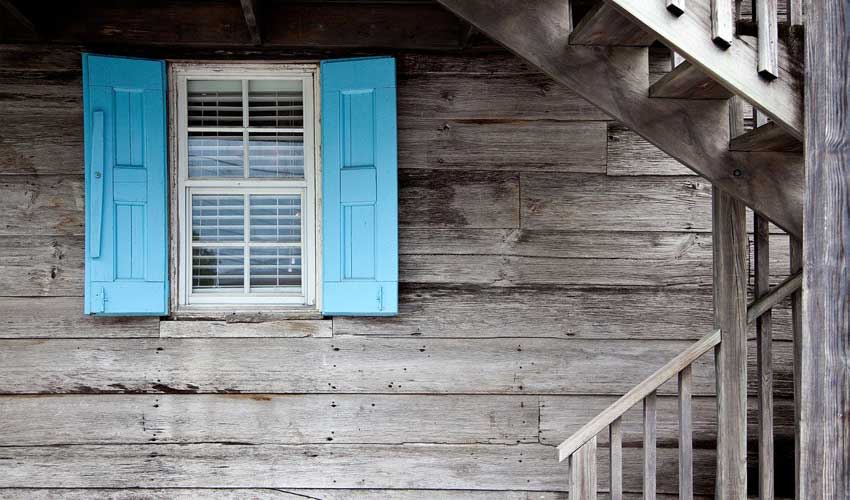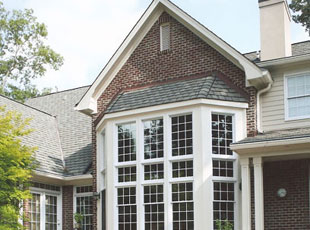Window Grids Are Important to the Style of Your House


Window grids, more properly called muntins, are the slender bars that divide a large window into smaller panes, or lites. In the UK these grids are called glazing bars and they’re called astragals in Scotland. The small strips of metal that join glass in leaded glass windows are known as the caming. By whatever name you choose, do more than divide panes of glass. They are a critical architectural feature that has a significant influence on the style of a house.
Muntins and small panes of glass have a historical origin. Long ago, sheets of glass could only be made in small pieces, much smaller than a useful house window needed to be. In order to get windows of a useful size, multiple panes of glass were joined together. A colonial American double hung window might easily have had six, nine, twelve, or more panes in each sash.
As glass manufacturing improved, larger panes were possible, but much more costly. This is around the time when house windows with multiple panes in the top sash, but one large pane in the lower sash began to appear. This style of window provided a clear, unobstructed view in the more costly pane that was at eye level where people looked through, while preserving some economy in the upper sash by using the smaller pieces of glass joined by muntins.
Eventually, large glass became more economical and small panes were no longer necessary. Today, windows are divided into small panes purely for appearance and style purposes.
In low-cost windows, the multiple pane look is achieved by installing muntins or grid frames that snap into the sash and overlay the glass. These tend to not be durable and are easily broken. Snap in grids are also not very authentic looking. But, this kind of window grid does have the advantage of being removable to make window cleaning easier.
Some house windows are available with grids that are permanently located between the panes of glass. This costs more than the snap in grid. These look a bit better. But the primary advantage of these embedded grids is that they are durable. They cannot be removed or broken and cleaning the window is still easy because you don’t have the muntins interfering with the cleaning process.
In high-end windows, simulated divided lites, known as SDLs are very popular. SDL windows have a single sheet of insulating glass in each sash. A framework of window grids are permanently glued to both the inside and the outside of the glass. The inside grids are made of wood to match the interior material of the window unit. The exterior grids match the exterior material of the window. For example, grids on an aluminum clad window would be made of aluminum and be maintenance-free. The better quality SDLs also have a filler strip located between the inner and out grids and within the sheet of insulated glass. These filler strips keep you from seeing a gap between the inner and outer grids.
SDL window grids are available in several sizes. Large windows with large panes might need thicker muntins to maintain the appropriate scale. Smaller windows might benefit from a more slender muntin profile. Simulated divided lite windows can provide a very authentic look, allow the window to be built with insulating glass, and also give you window grids that will not fall apart. SDL windows are more costly than most windows, but they provide the best and most authentic look.
I hope this information is helpful to you. You might want to get yourself a copy of my best-seller, Designing Your Perfect House. It is chockfull of valuable tips and advice that will save you many times the cost of the book on your house building or remodeling project. You might also like The Well-Centered Home: Simple Steps to Increase Mindfulness, Self-Awareness, and Happiness Where You Live. It will show you how to make your home a happy place.

